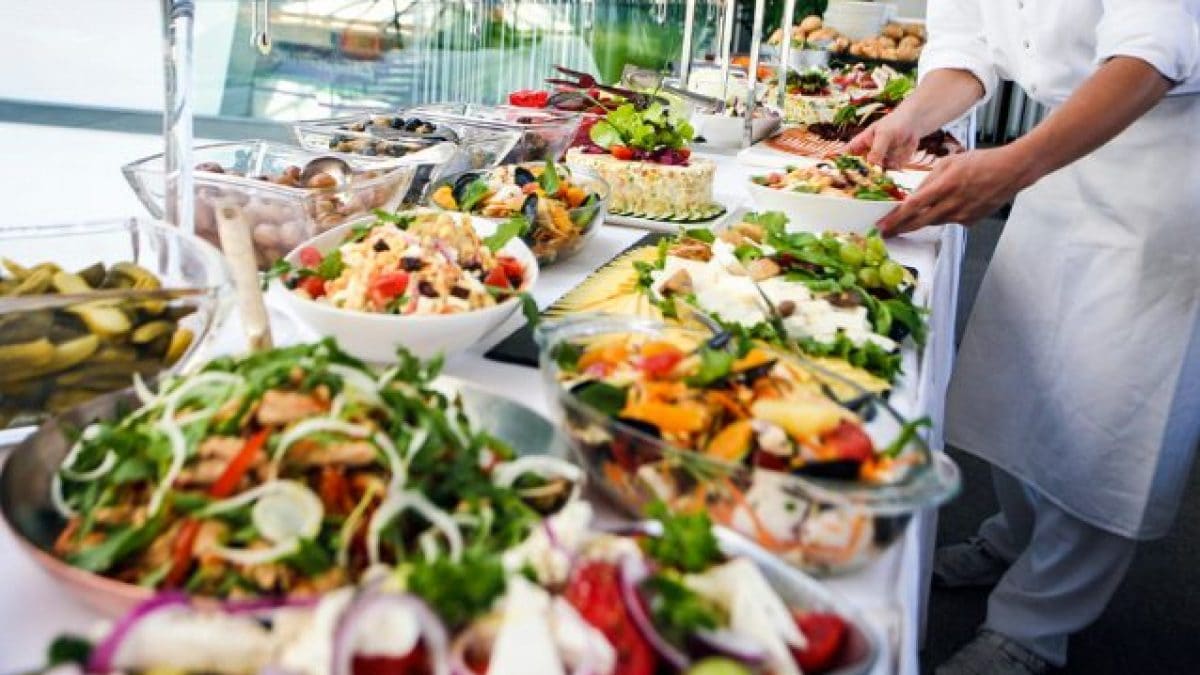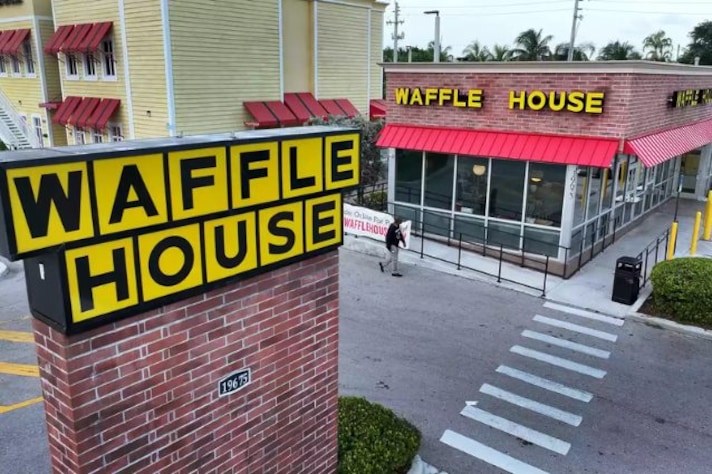
Breakfast may still be the “most important meal of the day,” but how Americans approach it has undergone a dramatic transformation. According to the Q1 2025 Restaurant Trends Report from Toast, the traditional sit-down breakfast is giving way to a more flexible, fast-paced, and digitally driven experience. Whether it’s a Monday morning omelet ordered via delivery or a protein-packed smoothie on the way to work, breakfast is no longer confined to the kitchen table—or even the morning hours.
Delivery Is Driving the Breakfast Boom
One of the most striking shifts is the rise of breakfast delivery. Toast’s data shows that breakfast orders placed through delivery platforms rose 15% year over year, while dine-in activity remained flat. This surge is especially pronounced on Monday mornings, which have become the busiest time of the week for breakfast transactions—up 7% compared to the same period last year. The early-week rush suggests that Americans are leaning on convenience to jumpstart their workweeks, often outsourcing their first meal of the day to restaurants and delivery apps.
The Price of a Morning Meal
With convenience comes cost. The median price of an omelet at Toast-tracked restaurants hit $14.71 in April 2025, up 5.4% from April 2024. Hawaii posted the highest average omelet price at $18.67, while Arkansas had the lowest at $11.53. These increases are driven not just by inflation but also by supply chain disruptions—particularly the lingering effects of the H5N1 avian flu outbreak, which led to the culling of millions of egg-laying hens and sent egg prices soaring. Some restaurants responded by adding egg surcharges or switching to liquid egg products, while others quietly reduced portion sizes or restructured their menus.

Breakfast Is Blurring with Everything Else
Beyond pricing and delivery, the very definition of breakfast is evolving. According to a 2025 Mintel report, younger consumers are more likely to snack through the morning rather than sit down for a full meal. They’re also more open to global flavors, plant-based options, and functional foods like adaptogen-infused smoothies or protein-rich breakfast bowls. Meanwhile, older adults tend to stick to more traditional breakfasts at home, prioritizing healthfulness and routine.
The rise of hybrid breakfast-lunch menus—think breakfast burritos at 2 p.m. or shakshuka served all day—reflects this shift. With more people working remotely or on flexible schedules, the lines between breakfast, lunch, and snacks are increasingly blurred.
As breakfast continues to evolve, restaurants and food brands are adapting. Expect to see more portable, nutrient-dense options, expanded delivery and takeout menus, and creative cross-cultural mashups that cater to adventurous palates. Whether you’re a cold brew loyalist or a savory oatmeal convert, one thing is clear: breakfast in America is no longer just a meal—it’s a lifestyle.
;Resize,width=767;)
